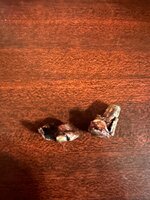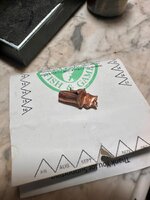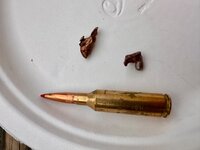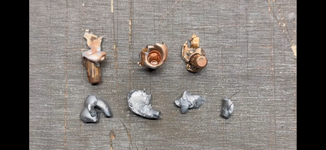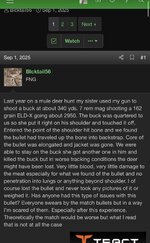deltadukman
WKR
- Joined
- Sep 16, 2021
- Messages
- 366
Not Hornaday specific, but odd thing happening. I shot a very large whitetail at 200 yards with a .300wm shooting 185 Berger Classic Hunter at 3015 mv. Deer jumped off like he hadn't been hit. End up finding him not 50 yards away. Upon caping him and then skinning completely, there was not visible entry or exit wound. No holes in his body that I could find. No blood anywhere, but the inside of his chest cavity looked like the Northern Lights, black, blue, purple, yellow, green. Obviously, it got in there and wrecked it however after thorough inspection, I could find no entry would. To this day I have no idea what happened. The next day I shot a doe at the same distance and it was a crime scene both entry and exit. All that to say, stuff happens.

